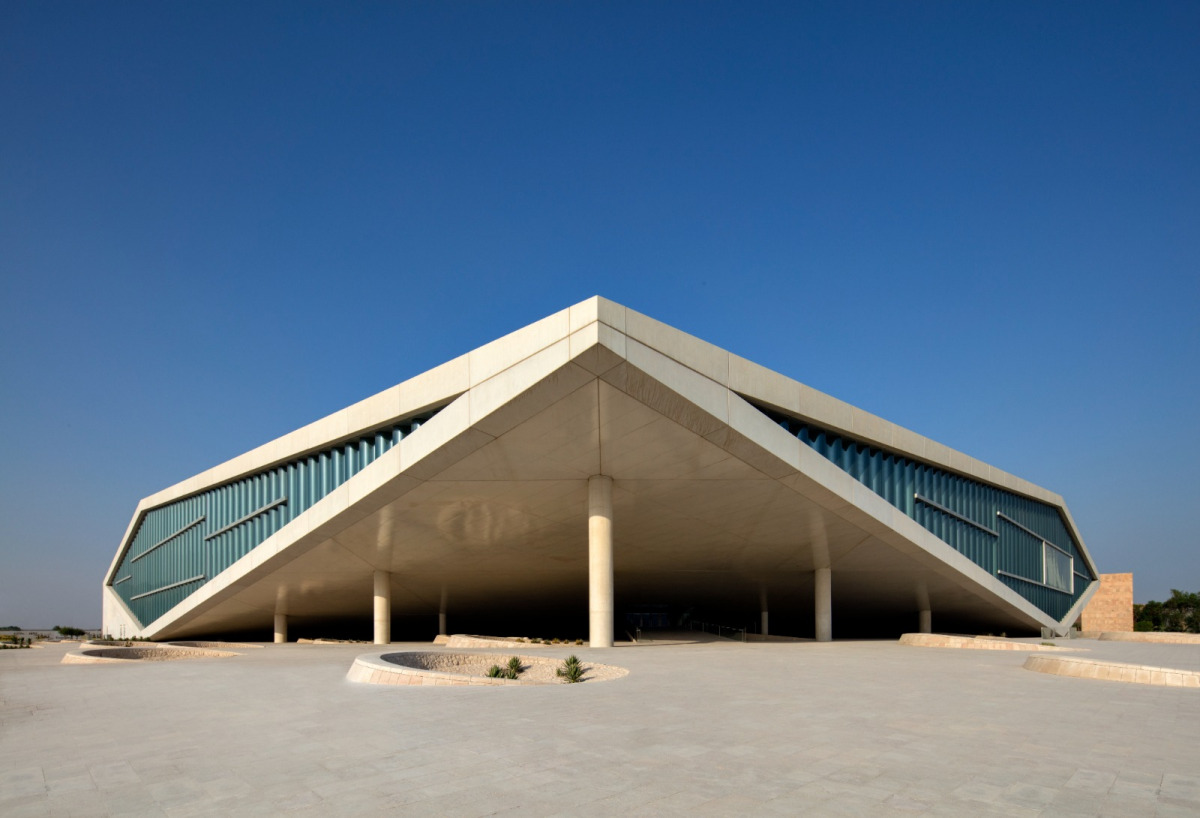The Heritage Library at Qatar National Library is home to an extensive collection of over 1,200 sheet maps and atlases, offering a unique glimpse into the cartographic history from the late 15th to the mid-20th century. The Library’s collection spans regions such as the Arabian Peninsula, the Gulf region, Africa, Asia, and the Indian subcontinent, showcasing a world in transition through maps. The ‘Tabula Asiae VI’ from the 15th century is one of the significant pieces in the collection, featuring the earliest known mention of Qatar on a printed map. This pivotal map serves as a bridge between ancient Roman and medieval European cartographic traditions, highlighting Qatar’s early global recognition.
Among the treasures in the Heritage Library’s collection is a 4.35-meter-long Ottoman manuscript strip map from the mid-17th century, illustrating the journey of the Tigris and Euphrates rivers. This geographical masterpiece, attributed to Ottoman traveler Evliya Celebi, showcases many cities and historical routes from eastern Anatolia to the Arabian Gulf. The collection also includes the rare ‘Cedid Atlas Tercümesi’ by Mahmud Raif Efendi, considered one of the world’s rarest atlases due to its limited print run. Additionally, the Library holds a unique heart-shaped world map from 1559 by Haji Ahmad, highlighting the influence of the European Age of Discovery.
Transitioning to the 20th century, the Heritage Library collection features a diverse range of topographic, tourist, military, nautical, and aeronautical maps from the UK and the US. These documents provide a detailed view of the profound transformations across the Middle East over the last century, offering valuable insights for researchers and historians. Each map and atlas in the collection not only enriches our understanding of geographical and political developments but also reflects the artistic and scientific advancements in mapmaking throughout different eras and regions.
The Heritage Library’s collection also showcases Joan Blaeu’s 11-volume Latin first edition of Atlas Maior from 1662, known for its exceptional Dutch cartography. Additionally, Abraham Ortelius’s Theatrum Orbis Terrarum, the first true modern atlas from the 16th century, revolutionized map compilation and study with its detailed and artistic representations. These atlases highlight the evolution of mapmaking techniques and styles over time, making the Heritage Library an essential resource for enthusiasts and scholars.
In conclusion, the Heritage Library at Qatar National Library offers a comprehensive and diverse collection of sheet maps and atlases spanning centuries of cartographic history. From ancient Roman and medieval European traditions to the European Age of Discovery and modern-day topographic and military maps, the Library’s collection provides invaluable insights into the geographical, political, artistic, and scientific advancements in mapmaking. Each piece in the collection enriches our understanding of global history and serves as a valuable resource for researchers, historians, and enthusiasts interested in exploring the world through the lens of cartography.











